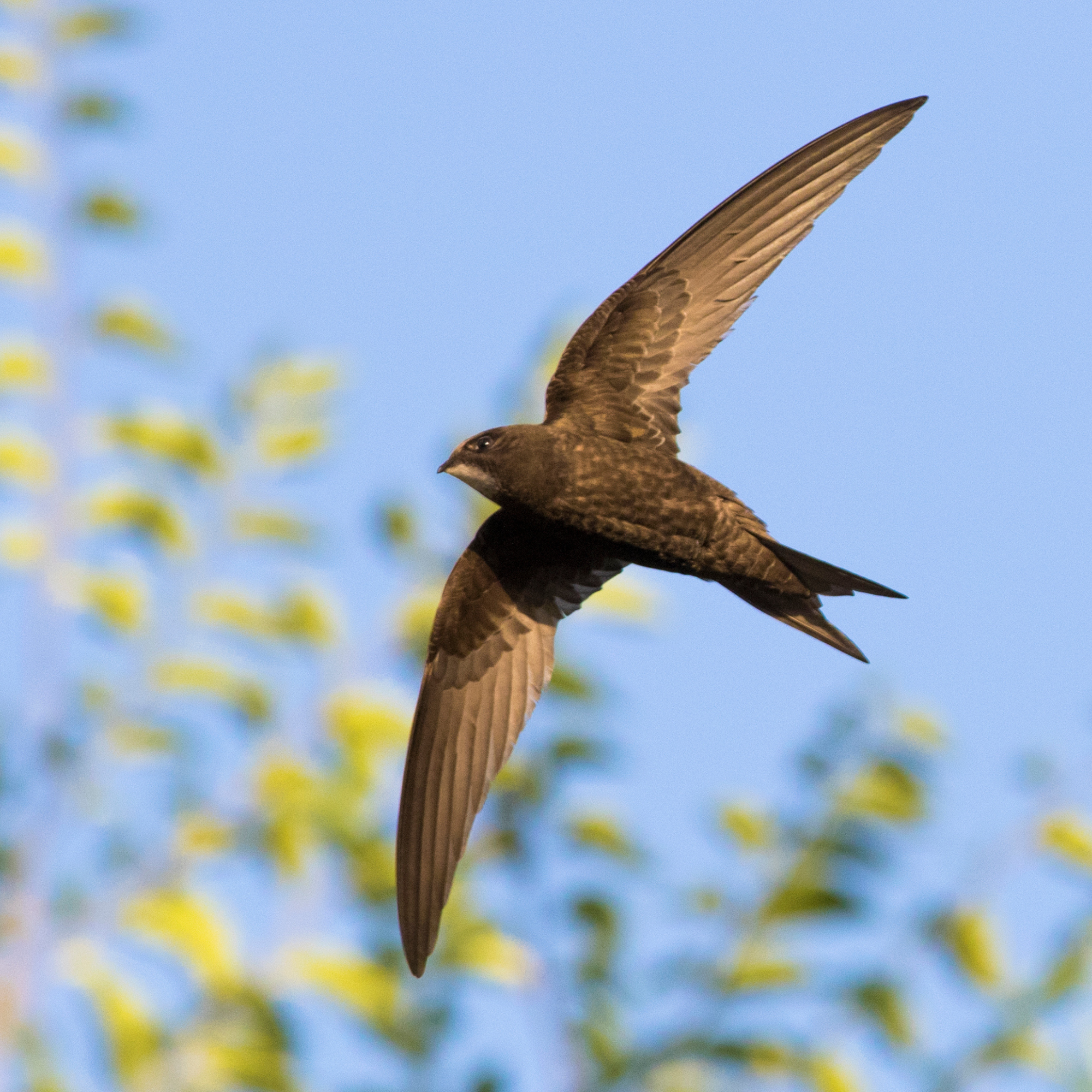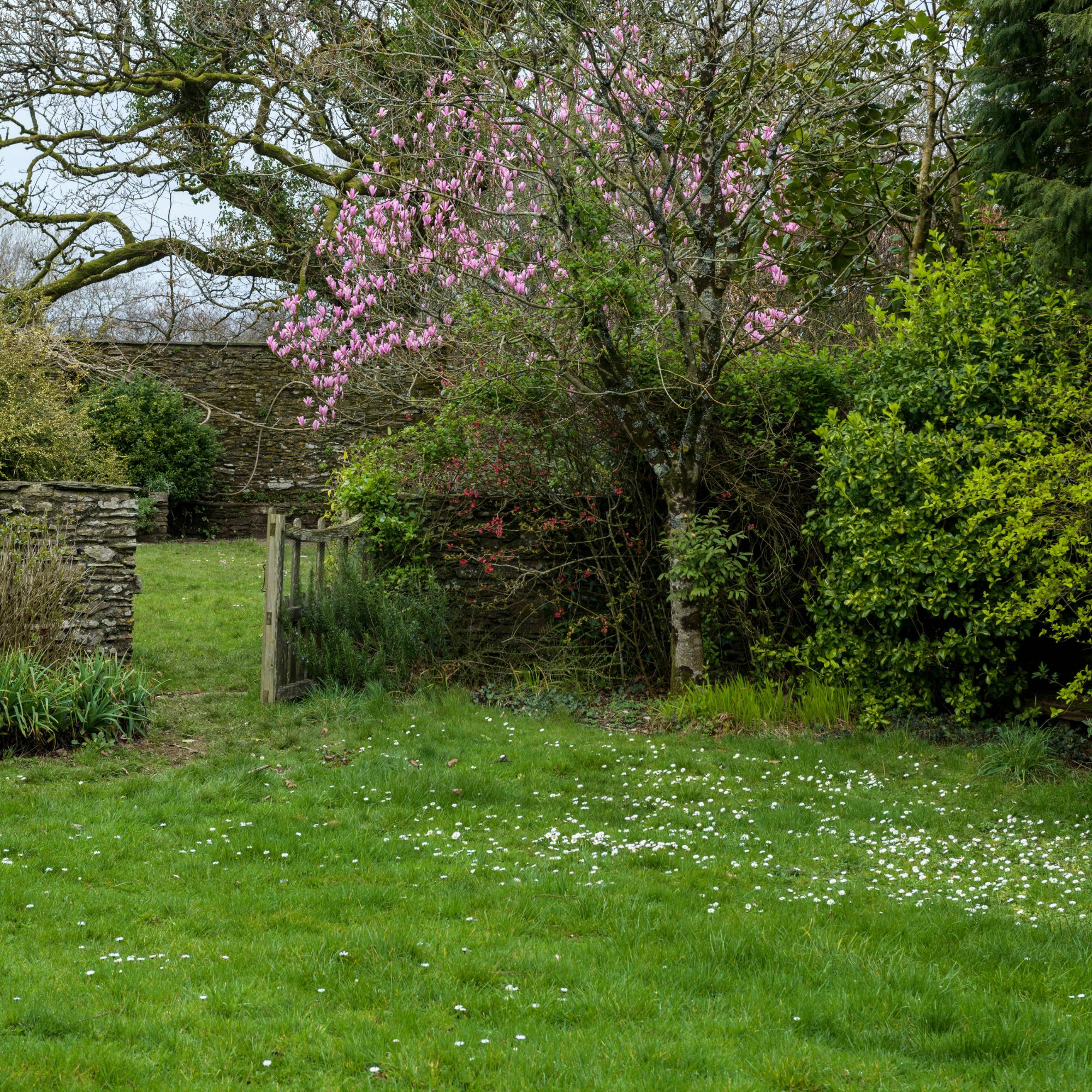
This time of year is one of the most important times on the birdwatching calendar for many reasons, but one that gets us all excited is the return of swifts and swallows to the UK - but if you want to attract these birds to your garden, then the conditions need to be just right.
While two different types of birds, these summer visitors, both prefer a boggy garden - and no, it’s not as gross as it sounds. While a damp, wet garden may not be at the top of your wildlife garden ideas, these environments attract the insects that swifts and swallows like to eat.
Now, garden experts are not suggesting that you turn your garden into a wetland, but they have come up with a few suggestions to attract swifts and swallows to your garden.

1. Plant native species
Planting species you’d typically find in these birds’ natural habitats is a great way to attract the insects they like to feed on.

‘You really need to aim to plant things that attract a healthy insect population, so nectar-rich plants will draw in this nourishment for swifts and swallows,’ explains James Ewens, gardening expert at Green Feathers.
‘We recommend planting native wildflowers like oxeye daisy and knapweed, along with nectar-rich plants such as lavender , verbena, and buddleia to supply flying insects with food sources. Wild flowers, plants, and herbs can provide those floral and even ‘decomposing’ scents that attract flying insects.
2. Make the most of your pond
If you’ve been wanting to update your garden pond ideas then call this a sign to get on with it. Having a pond in the first place is a great way to attract swifts and swallows already.

‘If you have a pond, that’s a huge plus. Keep it shallow along the edges and surround it with pollinator-friendly plants. Avoid harsh water treatments or chemical use, which can deter both insects and birds,’ explains Jose Escalante, gardening expert at Roofing Craftsmen.
'Consider planting native species like meadowsweet, marsh marigold, and sedges, all of which support insect populations and create lush, damp undergrowth.’
3. Make a section of your garden boggy
While we all enjoy a well-manicured garden, damp or shaggy lawns can be key to helping pollinators thrive. You don’t have to let it take over your whole garden, instead choose a damp spot and help nature thrive.
‘I would choose a low spot in the garden, preferably one that is naturally damp, and you can line this with a pond liner that has slight holes in it to help retain the moisture,’ says James.

‘As for soil, opt for a moisture-retentive soil combined with compost, which will keep things consistently moist. This will attract those moisture-reliant insects, becoming the ideal environment to attract swifts and swallows.
‘You can also leave your garden, even in parts, slightly unkempt. When the wildflowers and grasses grow freely, this becomes an ideal environment for insects.'
What you need
Growing pollinator-friendly plants such as meadowsweet will attract the insects swifts and swallows like to eat.
Swifts prefer nesting in the eves, which is exactly where this nesting box is designed to sit.
Small and not very deep, this starter pond is great for small gardens. Simply dig into your garden where you want to put it.
You don’t have to completely change your garden layout, but by growing native plants, utilising your pond and even creating a patch of boggy lawn, swifts and swallows will become very happy visitors.







